-
An analyst has issued a stark warning regarding Ethereum’s potential decline, likening it to the fate of Nokia due to scalability challenges and competition from Solana.
-
In recent months, Solana has demonstrated remarkable growth, outpacing Ethereum in metrics such as daily active addresses and transaction numbers, indicating a stronger preference among developers and users.
-
Despite Solana’s advancements, Ethereum retains its lead in decentralized exchange (DEX) trading volume and holds significant infrastructure advantages that may support its long-term viability.
This article explores the recent comparison of Ethereum to Nokia and the implications for its future performance in the crypto market amid rising competition from Solana.
Analyst Compares Ethereum to Nokia
The recent commentary from the analyst suggests that Ethereum could be facing a similar trajectory to that of Nokia, the once-dominant mobile phone giant that fell behind due to its inability to innovate rapidly in a competitive landscape.
“Ethereum = Nokia,” remarked analyst Crypto Curb, emphasizing the similarities in their market trajectories.
The analyst backed this assertion with two diagrams: one showing Nokia’s stock price plummeting post-2007 and another indicating Ethereum’s declining market share after its highs in 2021.
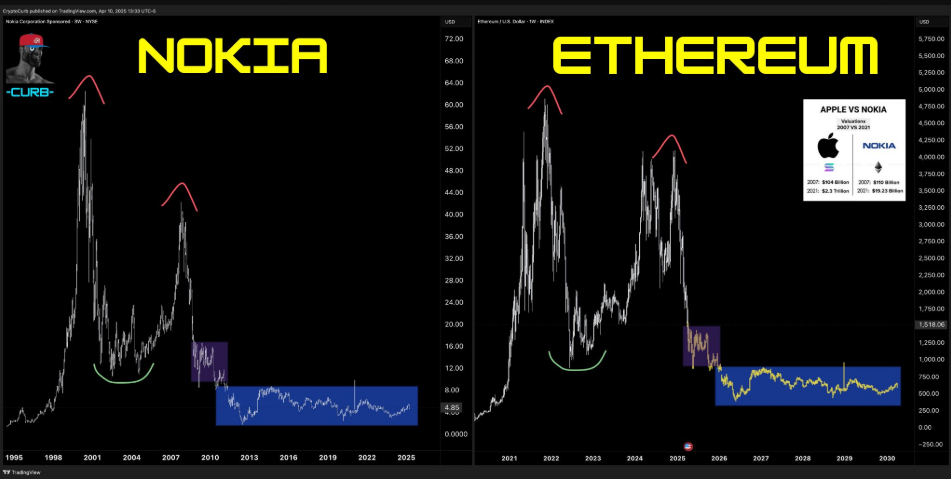
This analogy is drawn from more than mere charts. Curb argues that Ethereum’s outdated infrastructure and scalability issues echo the fate of Nokia’s Symbian operating system, which fell short against Apple’s iOS and Google’s Android.
Statistics from Statista reveal that by 2013, Nokia’s market share in mobile devices plummeted to just 3.1% from a staggering 49.4% in 2007.
In comparison, recent data from TradingView indicates that Ethereum’s market dominance has also diminished, dropping from over 20% of the total crypto market capitalization to less than 10% currently.
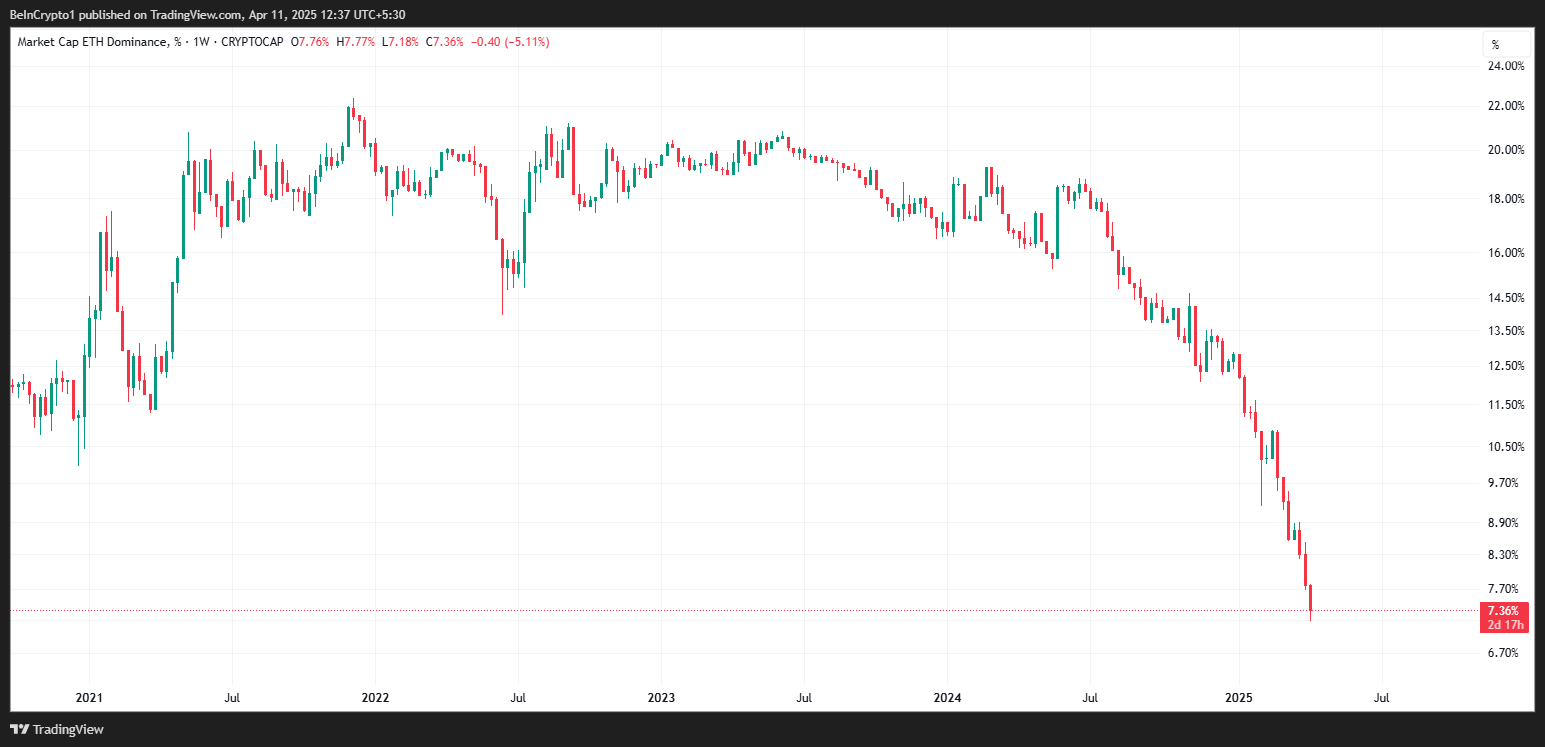
The implication is clear: if Ethereum does not adapt quickly, like Nokia, it risks losing its foothold in an increasingly competitive market with faster, more efficient competitors like Solana.
Solana’s growth has certainly been impressive. Between October 2023 and November 2024, the price of SOL skyrocketed from $23 to $264, capturing nearly one-third of Ethereum’s market cap.
On-chain analytics demonstrate that Solana outperforms Ethereum across critical performance metrics such as daily active addresses and daily transactions, underscoring its increasing appeal among developers and users.
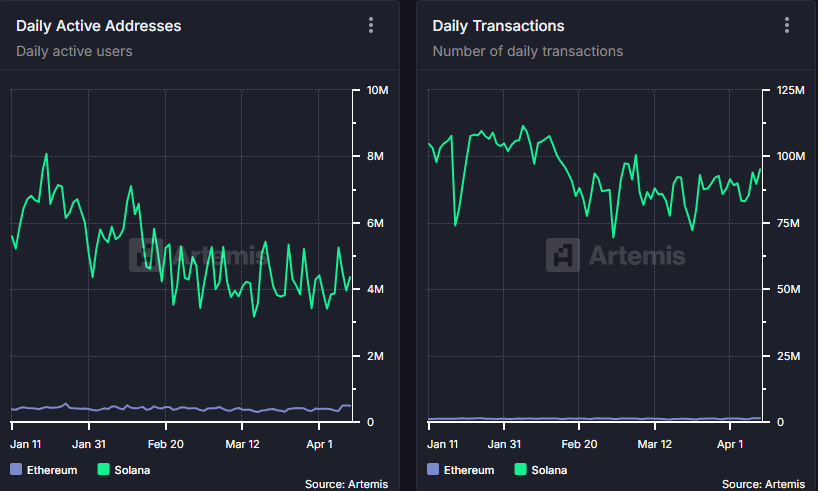
These data points offer a striking visual comparison, reminiscent of how Apple surpassed Nokia by providing an enhanced user experience and a more developer-friendly ecosystem.
In the same way, Solana’s clear technical advantages, such as its ability to process transactions more efficiently and at lower costs, position it as a formidable challenger to Ethereum’s supremacy in decentralized finance (DeFi) and the broader Web3 space.
However, the narrative is not entirely bleak for Ethereum. Just last week, Ethereum regained its lead over Solana in terms of decentralized exchange (DEX) trading volume, an event first noted by COINOTAG after a six-month period of Solana dominance.
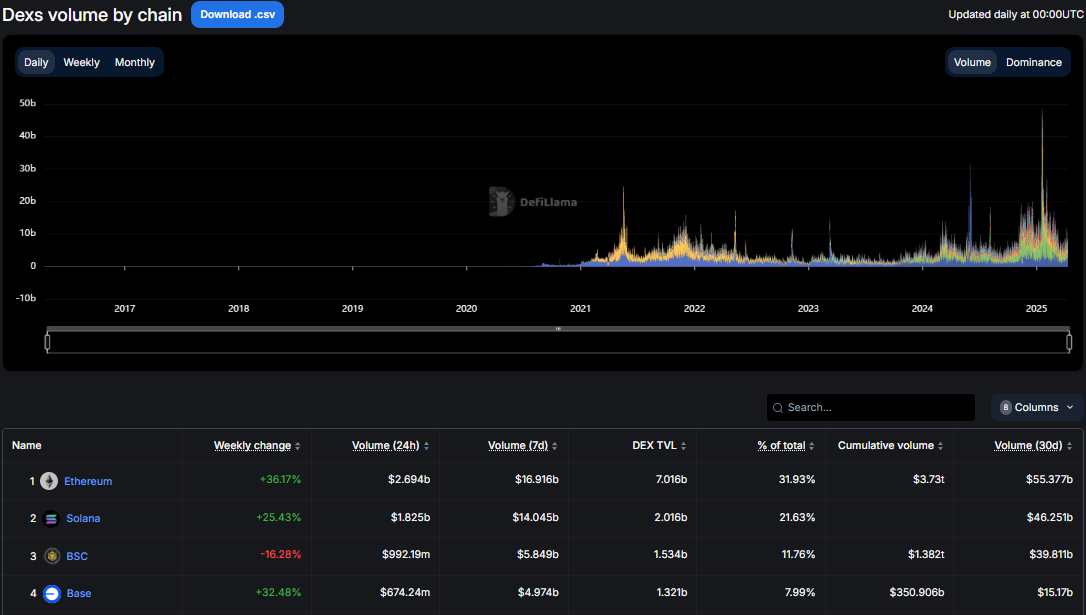
This revival in trading activity suggests that Ethereum remains a foundational element of the crypto ecosystem, particularly among more advanced DeFi users.
Moreover, some investment experts remain cautiously optimistic about Ethereum. In March, analysts at Franklin Templeton acknowledged Solana’s impressive rise but asserted that Ethereum still holds critical infrastructural advantages over its peers.
“Solana still has a long way to go before it can surpass Ethereum,” stated an analyst from IntoTheBlock in a conversation with COINOTAG.
Additionally, market analysts have noted several bullish indicators for Ethereum, referencing upcoming developments such as the Pectra upgrade and the potential influence of ETH-staking exchange-traded funds (ETFs).
Nevertheless, Curb’s comparison underscores a turning point for Ethereum. With competitors like Solana forging ahead through superior usability and performance metrics, Ethereum must hasten its development efforts to avoid falling into obscurity.
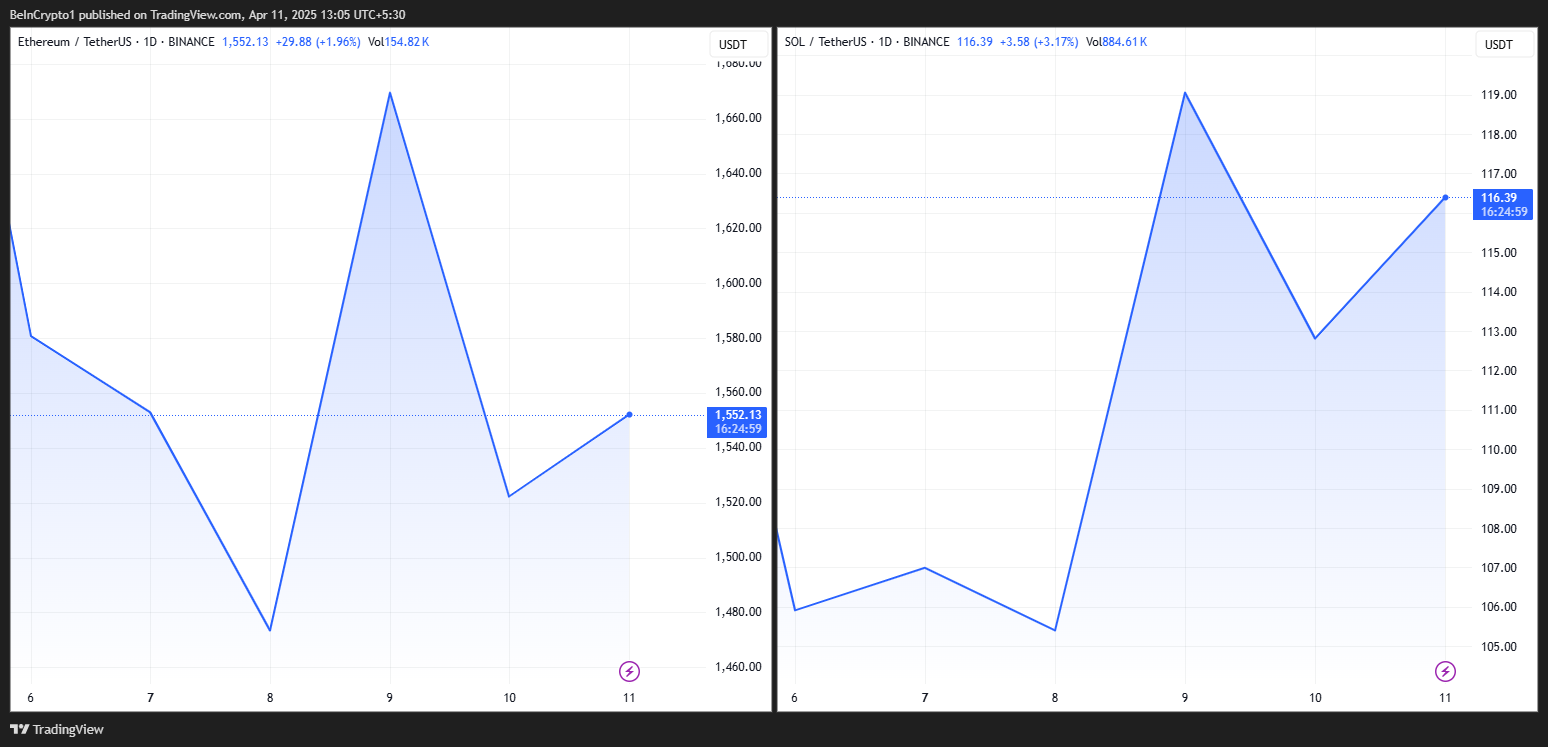
As of the latest updates, Ethereum’s price has been recorded at $1,552, reflecting a decline of over 4% in the previous 24 hours. In contrast, Solana is trading at $116.39, having gained a modest increase of 1.01% within the same period.
Conclusion
In summary, the comparison of Ethereum to Nokia serves as a cautionary tale about the necessity of innovation and adaptability within rapidly evolving markets. While Ethereum maintains certain competitive advantages, its future will heavily depend on how quickly it addresses its scalability challenges and adapts to emerging technologies to secure its place at the forefront of the crypto landscape.
